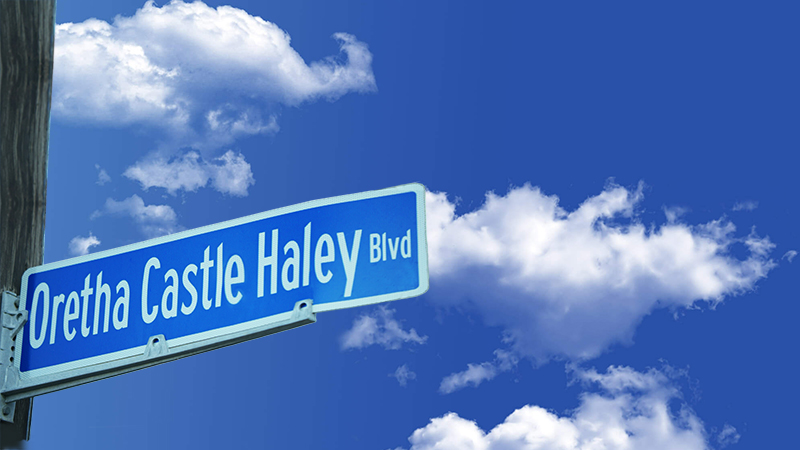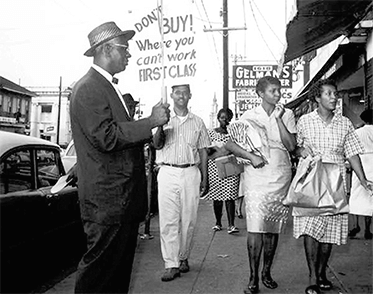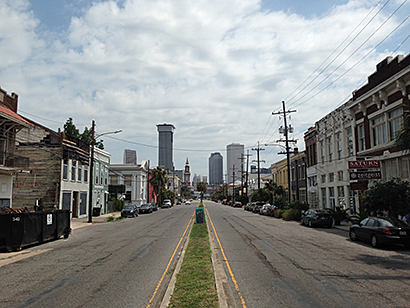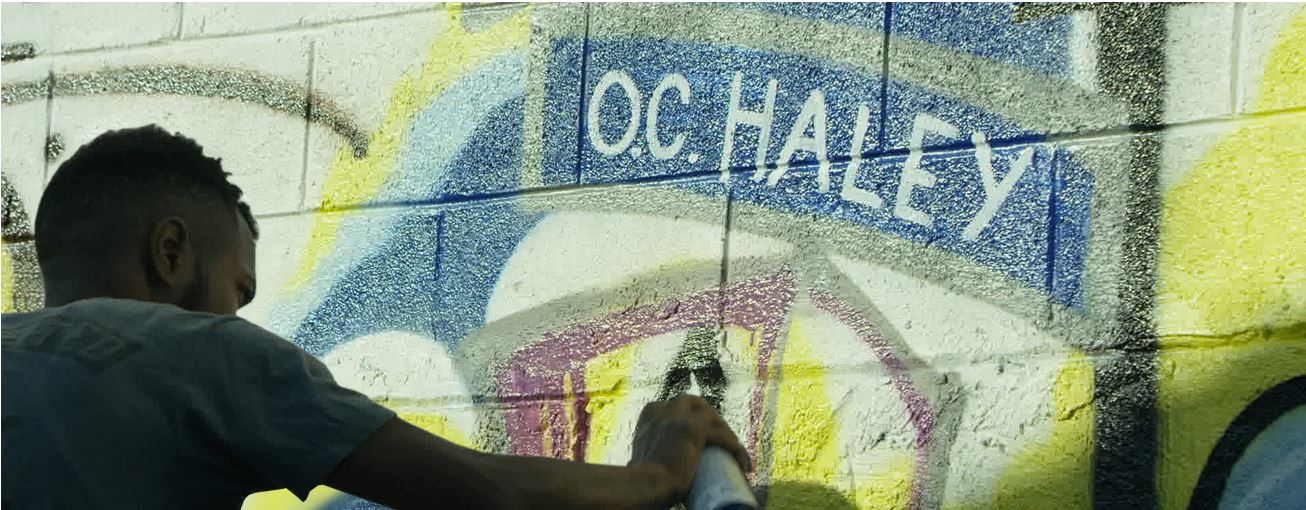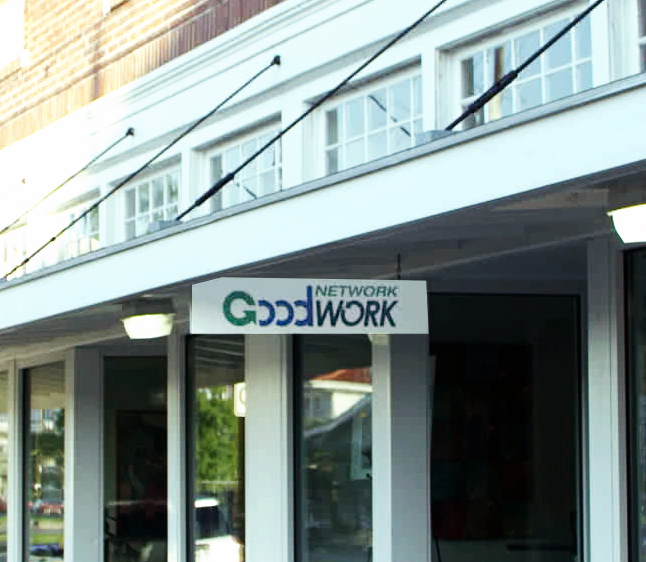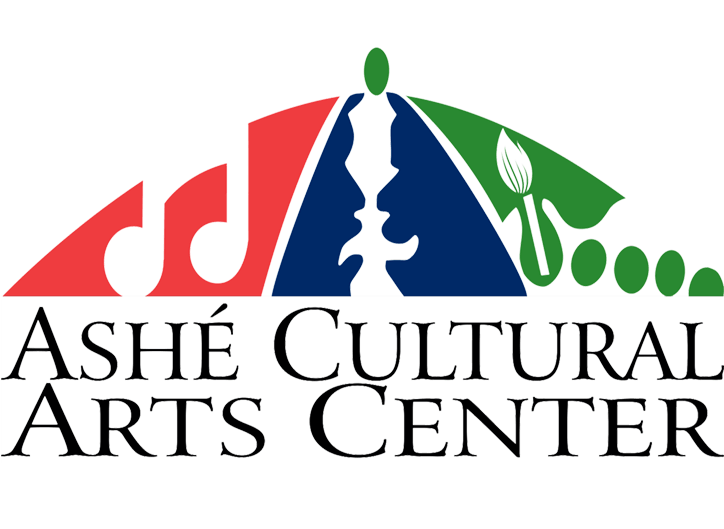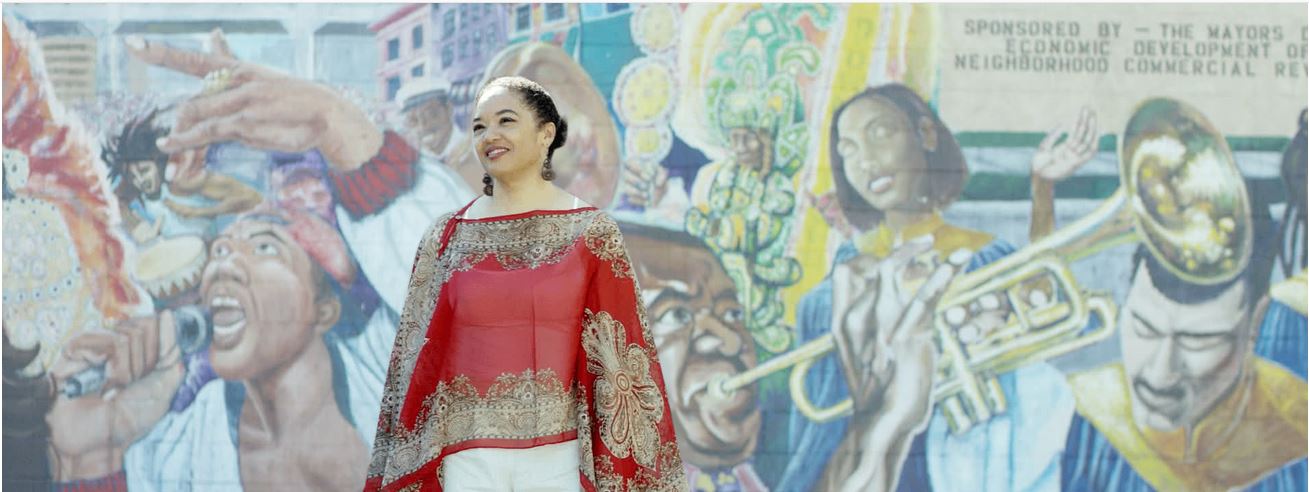Central City New Orleans has seen its streets flourish and decline throughout its history. Today, however, thanks to a host of organizations, a community-focused renewal is marked with the spirit and vitality upon which this neighborhood’s foundation is based.
At the heart of this transformation is Oretha Castle Haley Boulevard, renamed from Dryades Street in honor of civil rights activist Oretha Castle Haley. In line with the zeal of this prominent local figure, O.C. Haley Boulevard, as it’s known locally, is the backbone of the Central City neighborhood, a parcel of New Orleans that is rich in history, culture and promise.
History of Central City
Founded in 1806, Central City was invigorated by the opening of the Dryades Street Market in 1849. The neighborhood served as a hub for both African-American and Jewish businesses at the turn of the 20th century. By the 1930s, Dryades Street evolved into a less racially-divided alternative to the highly segregated Canal Street shopping and entertainment districts and was home to several pioneers of early jazz, commerce, and civil rights.
The YMCA on Dryades Street, which has offered area residents prospects for education, employment and recreation since 1905, was an anchor for the civil rights movement. By the 1980s, however, with the population of New Orleans in decline, Central City had become overwhelmed with crime, blight and the loss of opportunities for neighborhood residents.




